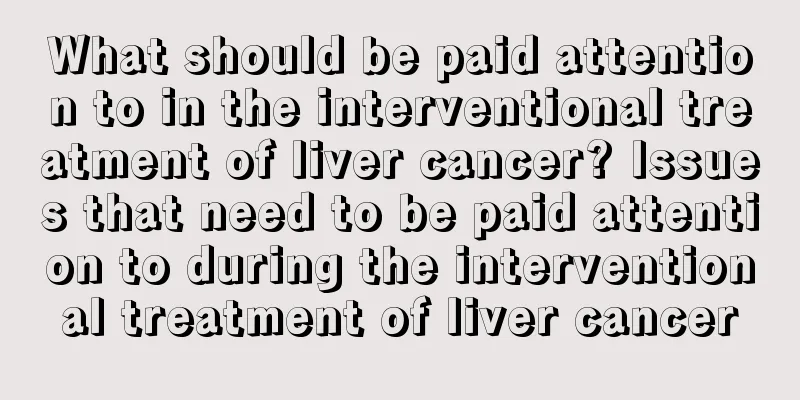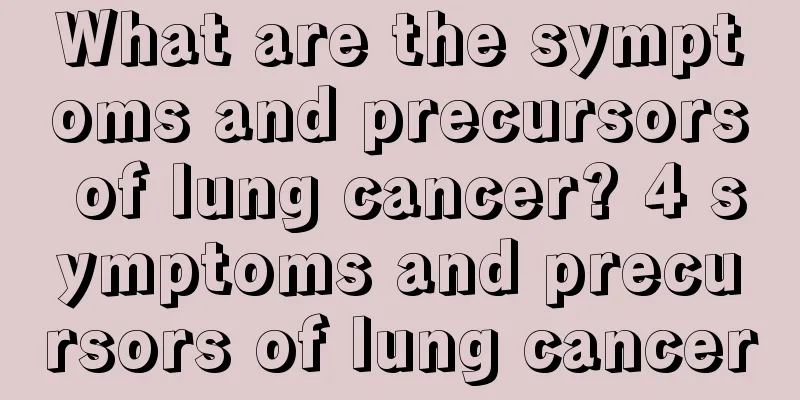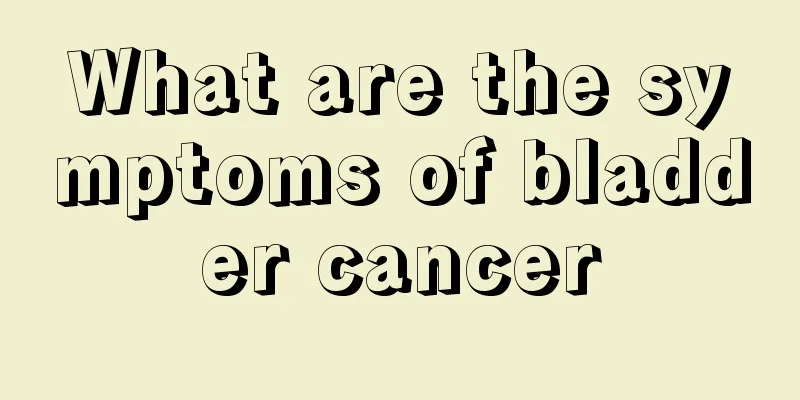What should be paid attention to in the interventional treatment of liver cancer? Issues that need to be paid attention to during the interventional treatment of liver cancer

|
Perfusion chemotherapy is commonly used in interventional treatment of liver cancer. It is a treatment method that concentrates forces to attack tumors. That is, drugs are directly injected into the local liver cancer through an arterial catheter. It is to send the catheter through the peripheral artery to the hepatic artery, and then directly inject the drug into the lesion in the liver through the catheter. Compared with traditional intravenous administration (infusion), it has lower systemic toxicity; at the same time, due to the use of selective arterial perfusion, the drug concentration in the local liver cancer can be increased. Without increasing the dosage, the drug concentration in liver cancer tissue can be 5-20 times higher than that in normal tissue, thereby effectively improving the treatment effect. Issues to be noted during surgery: Because the blood supply arteries of liver cancer can mutate, the order of angiography should be noted for patients receiving treatment for the first time. Do not only perform celiac artery or superselective hepatic artery angiography, but also perform superior mesenteric artery, celiac artery, and phrenic artery angiography in sequence, and then perform superselective blood supply artery angiography according to the need for angiography. And compare the intraoperative contrast agent situation with the preoperative CT and MRI examination results, and analyze carefully to avoid missing multiple blood supply arteries that may exist. Standardized intraoperative operation not only guarantees the effect of interventional treatment, but also creates good conditions for subsequent comprehensive treatment, while reducing the occurrence of complications. During embolization, the following principles can be followed: ① Use peripheral embolic agents for peripheral embolization first, and then central embolization. ② The amount of iodized oil should be sufficient, especially during the first embolization. ③ Do not completely occlude the proper hepatic artery to facilitate TAE again, but the exception is those with obvious hepatic artery-portal vein fistula. ④ If there are two or more arteries supplying the liver tumor, each artery should be embolized one by one to devascularize the tumor. ⑤ For patients with smaller hepatic artery-portal vein fistulas, iodized oil embolization can still be used, but it should be done with caution. ⑥ Try to avoid the embolic agent entering non-target organs. When performing TAI, the amount of chemotherapy drugs used in perfusion and embolization should be allocated according to the blood supply characteristics of liver cancer. |
Recommend
What are the hazards of smog weather and preventive measures
Haze weather is a weather condition that has freq...
What calcium tablets are good for adults
We all know that many children are supplemented w...
Can drinking ginger soup cure brain cancer?
Can drinking ginger soup cure brain cancer? Curcu...
What is the best way to treat lumbar spinal stenosis? 6 major treatment methods
Don’t ignore the dangers of lumbar spinal stenosi...
5 kinds of facial expressions may kill you
Signs of illness: Red or purple nose The tip of t...
How to prevent the early symptoms of cervical cancer
Cervical cancer is a cancer that can be prevented...
Is vulvar leukoplakia easy to cure in the early stages?
Vulvar leukoplakia is a serious problem that plag...
What are the diagnostic methods for lung cancer? Lung cancer has these three high-risk factors
Lung cancer is one of the most common malignant t...
Will cervical precancerous lesions turn into cancer? What are the common misconceptions about cervical cancer?
Cervical cancer is known as the "pink killer...
What harm does ammonia water do to the human body
Ammonia water is a liquid formed when ammonia gas...
How long does it take to completely cure hamartoma?
Nowadays, many people suffering from hamartoma ar...
What are the early symptoms of high blood sugar
High blood sugar is what people often call hyperg...
What to do if your thighs are thick and your calves are thin? Ways to slim down your thighs
Many people have thick thighs but thin calves, wh...
Nursing issues for left breast cancer
There are many treatments for breast cancer. Surg...
How to stimulate your potential?
Stimulating one's potential is a very popular...









